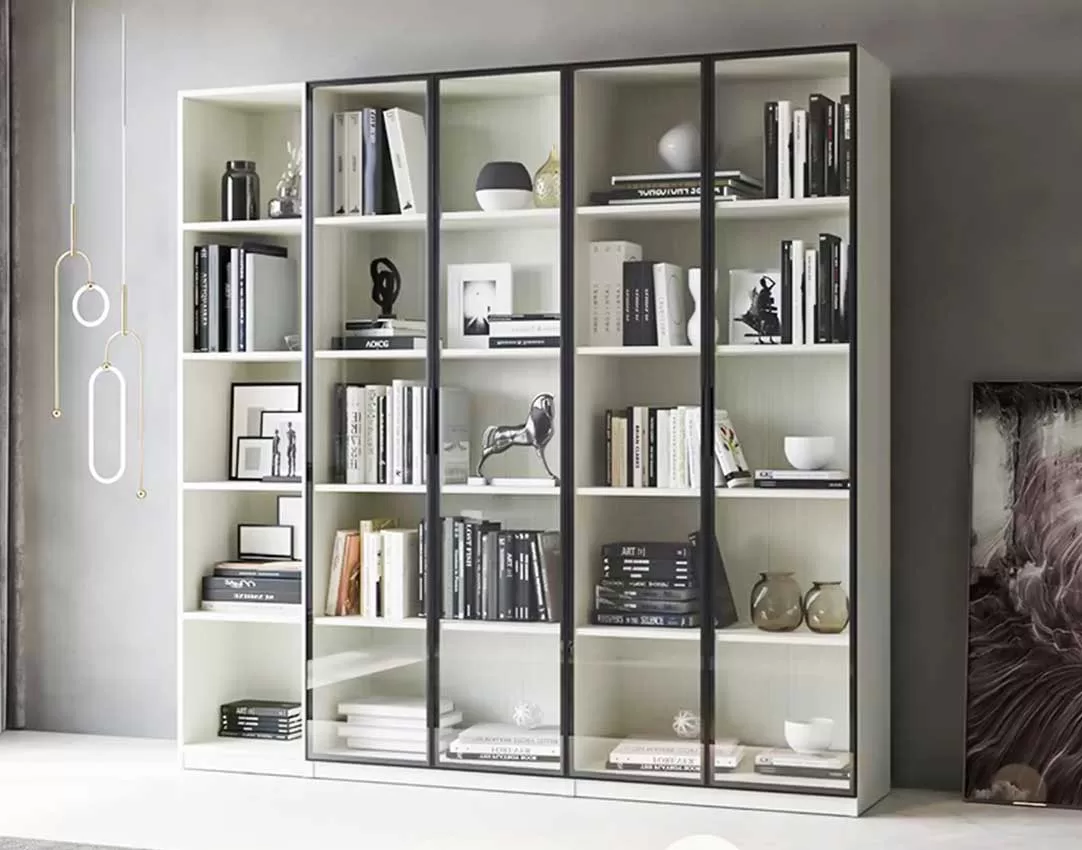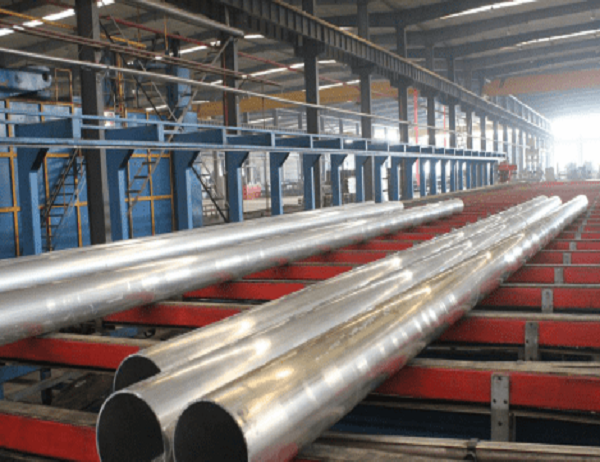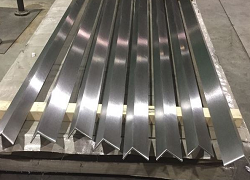The construction industry is continuously evolving to embrace sustainability and reduce its environmental impact. Among the various materials used in construction, extruded aluminum tubes stand out as an exceptional choice for sustainable building practices. This article explores the multifaceted ways in which extruded aluminum tubes contribute to sustainable construction.
Durability and Longevity
Extruded aluminum tubes are renowned for their exceptional durability and longevity. Unlike traditional building materials such as wood or steel, aluminum does not rust, rot, or decay over time. This remarkable resilience ensures that buildings constructed with aluminum tubes can withstand harsh weather conditions, reducing the need for frequent maintenance and replacements. Additionally, the lightweight nature of aluminum allows for easier handling and transportation, minimizing construction time and labor costs.
Energy Efficiency
鋁擠管具有卓越的隔熱性能,幫助建築物保持適宜的室內溫度,同時減少能源消耗。鋁管的空心結構和低熱導率可防止熱量傳遞,從而降低冷暖氣需求。由於鋁是一種良好的反射器,它可以反射熱量,進一步提高建築物的能源效率。
Recyclability and Reduced Waste
Extruded aluminum tubes are highly recyclable, contributing significantly to waste reduction and resource conservation. Aluminum can be recycled repeatedly without losing its properties, making it an ideal material for sustainable construction projects. The recycling process consumes only a fraction of the energy required to produce new aluminum, reducing greenhouse gas emissions and protecting natural resources.
Non-Toxic and Non-Flammable
Unlike many other construction materials, extruded aluminum tubes are non-toxic and non-flammable. They do not emit harmful gases or fumes, ensuring a safe and healthy indoor environment for occupants. Additionally, aluminum’s inherent fire resistance reduces the risk of building fires and the spread of flames, safeguarding lives and property.
Aesthetic Value and Design Flexibility
Beyond their functional benefits, extruded aluminum tubes also offer aesthetic value and design flexibility. The versatility of aluminum allows for the creation of complex shapes and profiles, enabling architects to explore innovative and visually appealing building designs. Aluminum’s smooth, sleek surface provides a modern and sophisticated appearance that complements a wide range of architectural styles.
Conclusion
In summary, extruded aluminum tubes play a vital role in supporting sustainable building practices. Through their durability, energy efficiency, recyclability, non-toxicity, and aesthetic appeal, aluminum tubes contribute to the creation of environmentally responsible and long-lasting structures. Embracing the use of extruded aluminum tubes can significantly reduce the construction industry’s environmental footprint and foster a more sustainable future for the built environment.



